In Buddhism we often come across the idea that the world around us is an illusion. I was always very skeptical about that, thinking it was more of a philosophical stance rather than a literal truth. After all, if we don’t see the world as it is, how have we managed to survive in it for so long and alter it so substantially to suit our needs?
One of the websites I researched had a rood answer to this:
We see by learning how to see. Our brains have evolved to identify patterns, creating associations by interacting with the real world. It’s a survival instinct. In the words of the renowned neuroscientist Dr. Beau Lotto, “The brain didn’t actually evolve to see the world the way it is … The brain has evolved to see the world it is useful to see.”
But that still wasn’t really enough for me. It still felt more like semantics… fine we don’t see the world exactly as it is, but so what? We’re not bumping into walls or sticking our hands in a campfire. And as long as everyone ‘sees’ the same thing then we’re all experiencing the same reality, so who cares if it’s not THE reality? What good would it do to see things in a more ‘real’ way?
But do we all see the same thing? Or experience the same emotions to the same experience? A psychology professor showed half the class picture 1 and the other half picture 2.
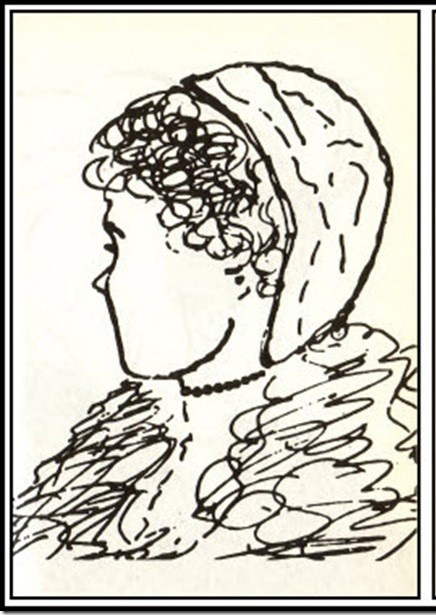
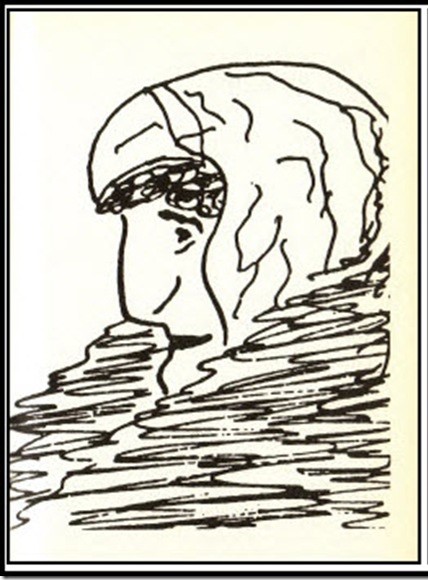
Then he showed picture 3 to the whole class and asked someone to describe the person in the picture. And essentially all hell broke loose… half the class couldn’t understand how the other half wasn’t seeing what was clearly in front of their eyes!
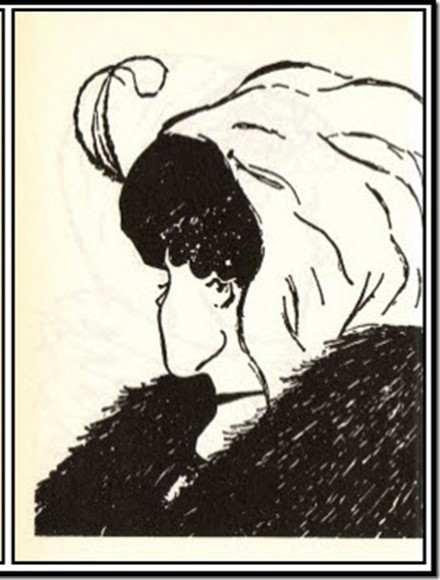
Now these students had been ‘primed’ by the first picture they saw so that when they saw the composite image they only saw what they had been primed to see. And this leads to 2 very interesting realizations: first – 2 people can see the same thing, describe them as different things, and still both be right. Secondly – what we see is influenced by things we’ve seen before.
The implication of not understanding the first part is that it will be very difficult for you to have any respect or empathy for people who are too dumb to see the truth. The implication of not understanding the second part is that will it will be very difficult for you to have any respect or empathy for people who are too dumb to see the truth. Because ‘you’ are a rational person, ‘you’ are educated, and ‘you’ have been around this world long enough to know how things are. But now you know better, right? So let’s run our own experiment. Think of something that other people believe that makes no sense to you. Like someone who truly believes Trump is a great president. Or if you like Trump, then someone who believes Obama was a great president. Or someone who thinks women should stay home and raise children. Now I want you to imagine what your childhood and teen years might have looked like for you to end up with the same belief. How is it possible that 2 people can have such different views and yet both still be right. I’ll give you a minute.
Was that hard? So I hope you were able to at least get a sense of how someone’s upbringing and environment and experiences create various ‘filters’ that affect the outcome of their opinions or world views. It’s very possible that their filters are wrong, but that leads to the question – how do you know your filters aren’t wrong too? One of the goals of meditation is to try and see these filters, and then to see the world without the filter.
But these kinds of filters are very hard to find and very hard to remove, so let’s start with some slightly easier filters.
The filters I want to focus on next are visual filters. I want to try to convince you that the input your eye receives is heavily processed before being sent up to your conscious mind as ‘the real world’. In reality it’s a mental map of the world. Your brain builds a simplified model of the world so you can navigate in it. So what does your subconscious do with visual input?
Let’s start with a video.
So it turns out you can tell your subconscious to ignore everything about the world except the thing you want to focus on. So it will take the visual input and strip everything out of it before serving it up to your conscious awareness.
One of the places I realized I did this was while driving, especially while turning. I look for CARS, so my brain sometimes removes pedestrians or cyclists from my mental map of the world. I literally don’t see them for several seconds. Luckily other reflexes kick in before I hit them but realizing that my brain can do that made me broaden my term to ‘anything moving or not asphalt’.
The next thing our brain does is calculate things like size and distance. Take a look at the following illusions:
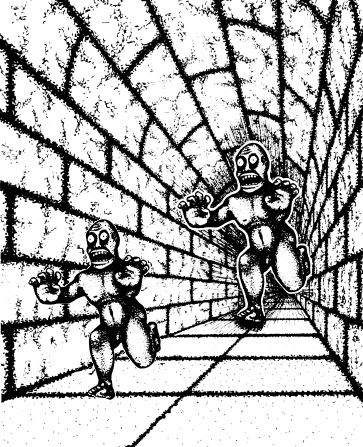


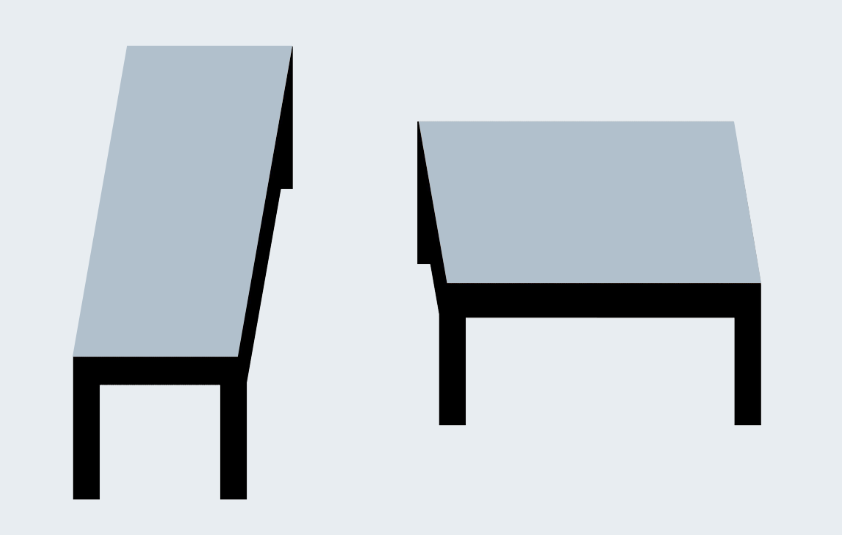
The answer to all the above they are all the same. But you brain calculates size and shape based on the object’s relation to other objects.
Another thing our brain does is determine colour. You would think that you ‘see’ colour, but colour can be interpreted based on surroundings.
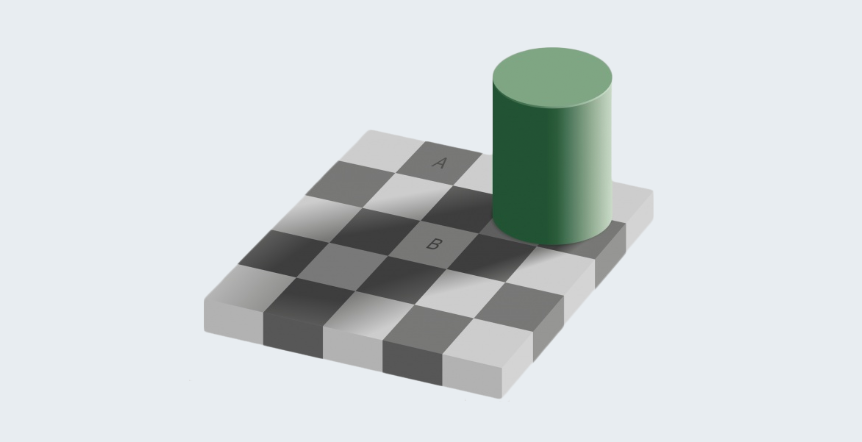
The answer is yes but you’re brain isn’t trying to see what is really there, it’s trying to interpret the input to give you a useful model of the world. And if your brain sees a shadow it compensates the value of the colour to account for it. (ie: what would this colour be if there was no shadow)
The next thing our brain does is try to find patterns.

Last one is not an illusion it’s the receptors in our eyes getting tired and not even sending anything to the brain anymore.
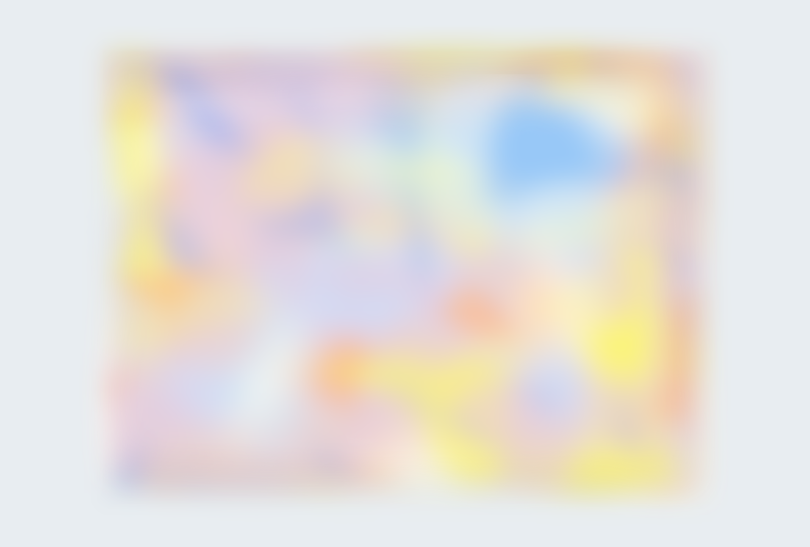
So between your eyes getting tired, your subconscious calculating things before it sends them to your awareness, you telling your subconsicious to ignore things, and a lifetime of social, emotional and academic experiences that our completely unique to each person, do you still think YOU are the one person who sees the world as it is?